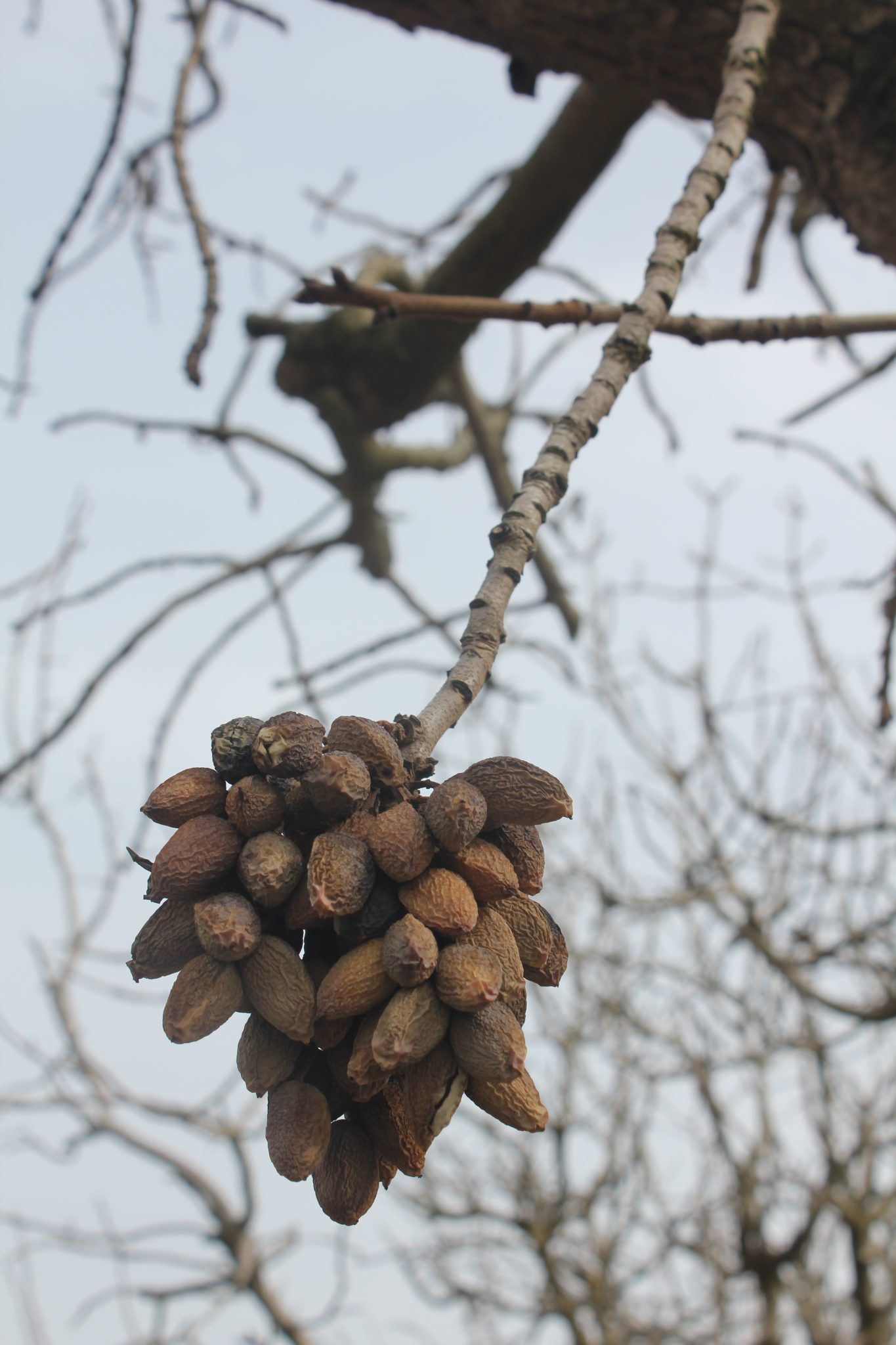
It takes critical evaluation of the tree and the environment to correctly diagnose disorders in an orchard.
In a presentation for the virtual 2020 UC Pistachio Production Short Course, Richard Heerema, New Mexico State University Extension pistachio and pecan specialist, outlined a step-by-step guide to field diagnostics.
The process is meant to determine the cause of an abnormality and requires a team effort that includes the grower or farm manager, extension advisors and diagnostic clinic.
The list of biotic causal agents includes fungi, bacteria, viruses, phytoplasma, nematodes and insects and mites. Abiotic causes of tree disorders include soil moisture extremes, temperature extremes, salinity, air pollution, wind and light effects, mechanical damage and pesticide damage. Abiotic disorders may predispose trees to biotic disorders.
When observing disorders in an orchard, Heerema said it is important not to jump to conclusions, but to observe, ask questions and gather clues. The entire tree, the orchard and the area around the problem site should all be evaluated. When possible, dig up and look at roots and cut open stems, branches and fruit.
Diagnosis begins with observation that there is a problem with a tree or orchard. Recognizing the appearance of a healthy tree and comparing it to one of questionable health requires regular observation.
Heerema said the symptoms develop because the causal agent produces or causes the plant to produce enzymes, toxins or growth regulator imbalances. The causal agent also interferes with specific cellular functions. However, he noted that symptoms can change over time and vary in severity due to age or stage of production. Symptoms can be complex and are often insufficient for accurate diagnoses.
Complete information on the orchard is necessary for a correct diagnosis. That information should include history of the disorder in the orchard, whether it is a chronic or acute problem, and if the symptoms are spreading through the orchard. Leaf symptoms may provide diagnostic clues. Uniformity or patterns, margin thickness or color and spread or growth of spots may help with evaluation.
Collection of specimens for diagnostic testing is the third step in the process. Samples should be fresh and show all stages of the problem. Samples should come from all affected parts of the plant. Root samples should include tissue above and below visible lesions. Stem and leaf samples should also include tissue above and below visible lesions.

Cecilia Parsons
Cecilia Parsons has lived in the Central Valley community of Ducor since 1976, covering agriculture for numerous agricultural publications over the years. She has found and nurtured many wonderful and helpful contacts in the ag community, including the UCCE advisors, allowing for news coverage that focuses on the basics of food production.
She is always on the search for new ag topics that can help growers and processors in the San Joaquin Valley improve their bottom line.
In her free time, Cecilia rides her horse, Holly in ranch versatility shows and raises registered Shetland sheep which she exhibits at county and state fairs during the summer.















